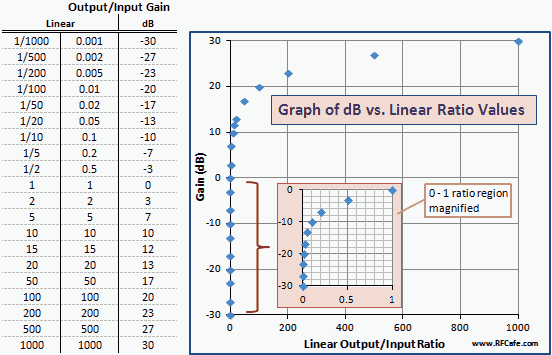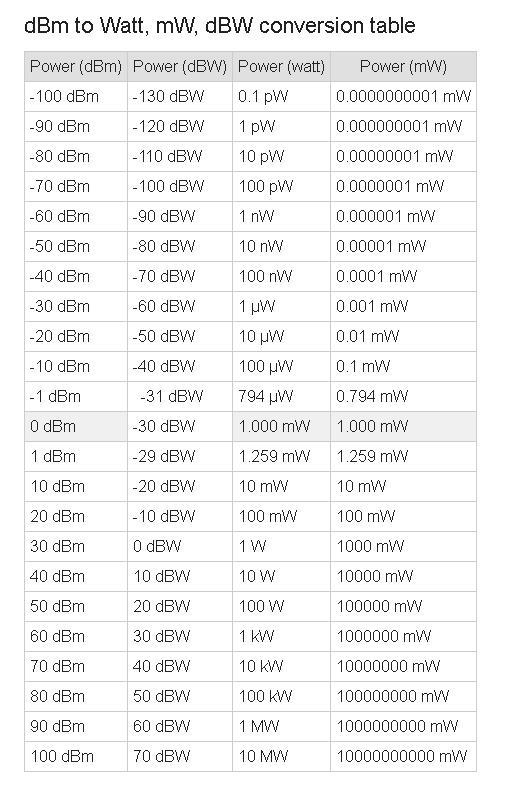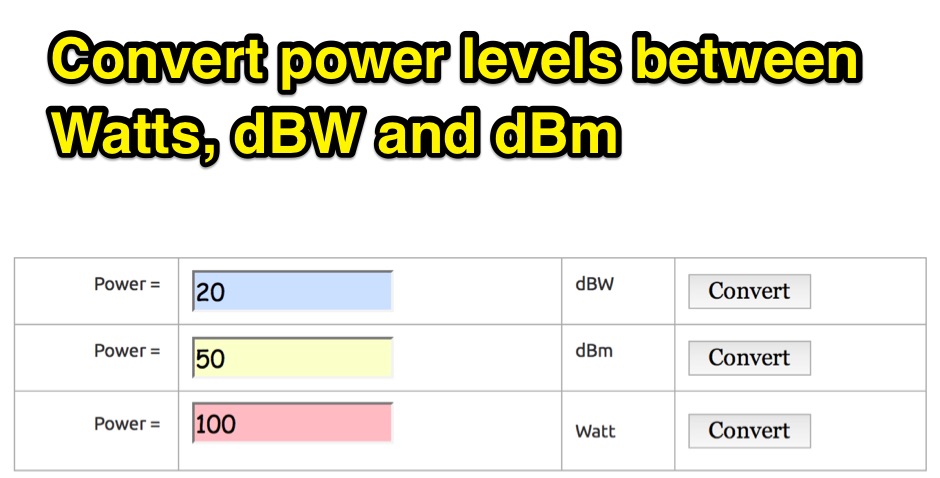

The HSMM group only deals with working on high speed data via Amateur radio. It's highly suggested for Amateurs visit the ARRL website and participate in the HSMM (high speed multimedia) working group. Only authorized licensed operators should be able to access Part 97 installed hardware, so care should be taken to prevent unauthorized users from utilizing said hardware. * You must enable broadcasting of your SSID, which has to include your callsign. * Maximum Transmitter Power Output (TPO) is 100 watt or 50dBm. * In the 13cm band, 802.11b/g channels 1 thru 6 are the only channels in the 2390-2450 MHz bandplan. * Frequencies usable from over-the-counter consumer gear include the 33cm 902-928 MHz band, the 13cm 2390-2450 MHz band and the 5cm 5650-5925Mhz band. * Users operate under FCC Part 97 rules and regulations.
DBM TO WATTS PROFESSIONAL
If you are not a professional installer we highly recommend that you read the FCC Part 15 rules and understand them before attempting installations.Īmateur Radio Operators operating under licensed spectrum: This information is provided as a guideline.

Maximum transmitter power versus largest antenna table for PTP:

Systems operating in a point-to-point operation may employ transmitting antennas with directional gain greater than 6 dBi provided the maximum output power of the transmitter is reduced by 1 dB for every 3 dB that the directional gain of the antenna that exceeds 6 dBi. Higher EIRP is allowed if the antennas are directional in nature. An example here would be say a 30dBm 1 watt amplifier with 100ft of LMR400 (at 6.7dB of loss) brings transmitter power down to 23.3dBm, allowing a 12dBi antenna. Losses from the transmitter via cabling, lightning suppression, filtration can be removed from the transmitted power dBm figure. Maximum transmitter power versus largest antenna table for PTMP: The maximum EIRP power allowed is 36dBm (4 watts). Each of these modes have different EIRP (Effective Isotropic Radiated Power) limitations. PTMP is when many sites talk to a single core site.

PTP is when two sites talk only to themselves. You'll commonly hear these modes referred to as Point to Point (PTP) and Point to Multi-point (PTMP). There are two different classifications for operation. * The formula for converting antennas from dBi to dBd is dBi-2.2=dBd. * Maximum Transmitter Power Output (TPO) is 1.0 watt or 30dBm. * Users o perate under FCC Part 15 rules and regulations. LargePrefix = ".Usage and Maximum Power Limit Guidelines in the US under FCC regulations:īefore we can go on, first we need to separate the two different classes of users for Spread Spectrum devices that exist and set some guidelines of some of the specs.Ĭonsumers and IT Professionals Operating Spread Spectrum (DSSS) gear:
DBM TO WATTS CODE
You can copy and paste the code below into a Python interpreter and then call the getWatts() function (or try it out with the embedded Trinket player!). One of the nice aspects of Python is that it is quite fast and straightforward to create scripts, which is one of the reasons I got so far with the script below before deciding to go another route. Since I got pretty far in coding the Python version I thought I would share the code that I created here to hopefully provide some ideas for anyone trying to learn Python for use with RF problems. In the end, I decided to keep the original Javascript calculator with some updates rather than replacing it with the Python version.
DBM TO WATTS HOW TO
The topic is teaching how to convert from dBm values to milliwatts without using a calculator, so the calculator does not just calculate the conversion, rather it tries to demonstrate the process of approximation in your head. I was recently updating one of the online workbooks for the RF Technology Certification program and decided to try and re-write one of the calculators using Python.


 0 kommentar(er)
0 kommentar(er)
